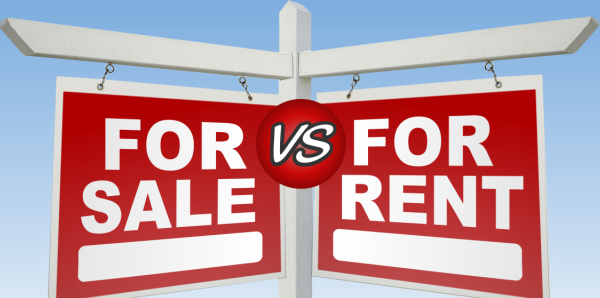What Determines My Mortgage Rate? Part 1

To follow up on the great response we’ve gotten from readers on ‘What to Expect When You Go to Get a Real Estate Loan,’ we’re taking you further inside the ‘mortgage machine’ to see what details about you it uses to determine rates and programs available to you as a home buyer.
There are many factors about your financial situation that go into determining what sort of loan you qualify for. The first of course has to do with how much money you make, and how much of it goes to monthly bills (credit card payments, car payments, etc.) already. What’s left over is combined with your proposed monthly housing expense (principal, interest, taxes, insurance & in some cases HOA dues). This ratio of cash in to cash out makes up what is called your Debt to Income Ratio. In today’s mortgage market most lenders are comfortable lending you an about that would equate to (monthly housing payment + other debt) = 50% of your gross monthly income. There are exceptions in some cases, and a lower percentage can better your options.
So having briefly covered the amount you can borrow, let’s look at how much of your new home can be mortgaged (ie 80% with 20% of the purchase price covered by your down payment). If you can document your income and have good credit, we will usually have no problem financing 100% of your home’s purchase price. This must, usually fit within the 50% DTI Ratio we spoke of earlier.
If you can’t prove all of your income on paper (such as a poker dealing tip earner), then we usually structure your loan as a ‘stated income’ deal. This means that we tell rather than prove to the lender what you make. The numbers still have to make sense. The underwriters (people quality checking the loan) are not going to believe that you’re really the first waitress to make $3,000 a day. For a while these loans had very strict requirements on how much of the homes value could be financed base on a stated ability to repay. Given the number of ‘liar loans’ foreclosing lately, the lender’s caution is understandable. With good credit however, you can still make minimal down payments. I recently priced out a loan for a stated income buyer with a credit score over 720, and we were able to loan on 95% of the home’s value. Requiring only a 5% down payment, and 5% in seller-paid closing costs.
Just because we can finance you for 100% or 95% of the purchase price doesn’t mean you can get into your new home totally free. Many home buyers, especially first time home buyers, don’t initially think of relocation, closing, or furnishing costs. Mortgage interest (and now mortgage insurance, if needed) will be tax deductible on your next year’s tax return, potentially increasing your annual housing budget by 30% without a 2nd job or raise. However, you still need to look at all the costs associated. The best way to get a firm handle on these costs and savings is to speak with a good mortgage consultant and ASK if you don’t yet know.
There will be follow up posts to this series, and we hope you find the information useful. If you have any questions, or know someone who can use a free consultation, I can be reached at 702–686–2036.
.



